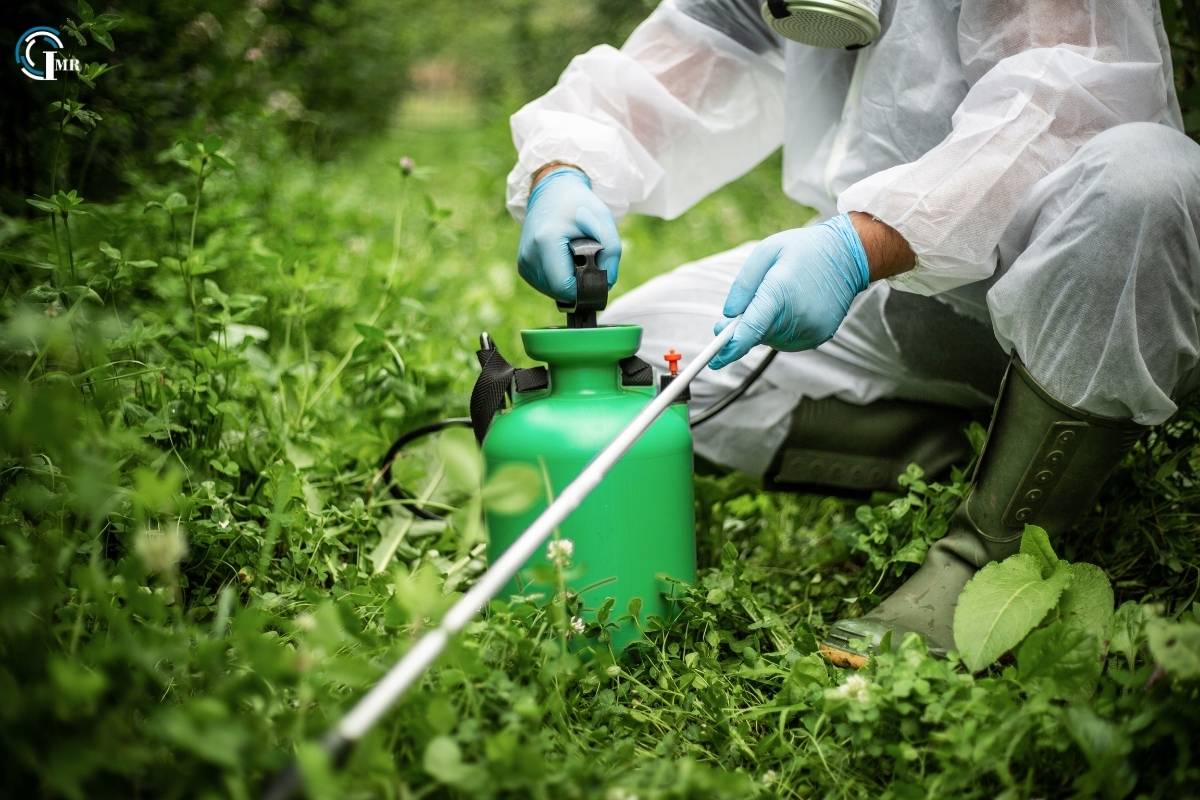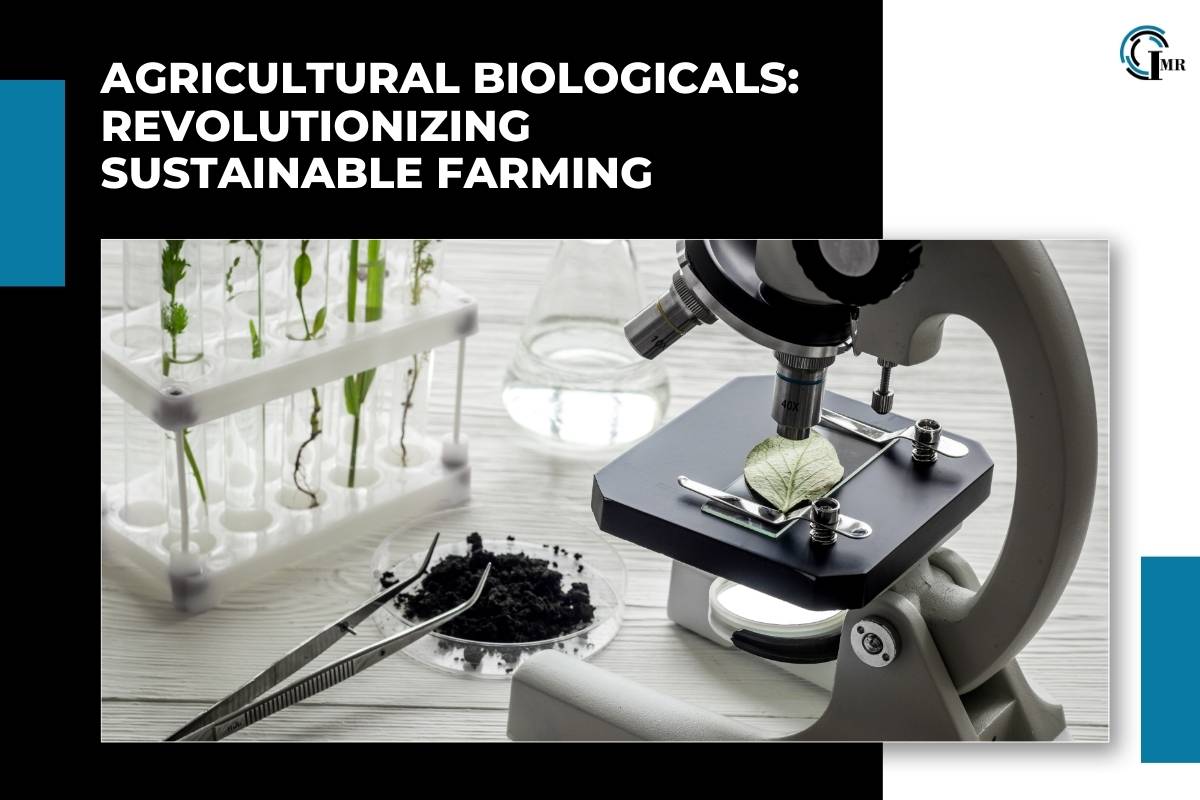Agricultural biologicals, also known as biologics, are a diverse group of products derived from natural sources such as microorganisms, plant extracts, and beneficial insects. These products are designed to enhance crop productivity, protect against pests and diseases, and improve soil health. As the global agricultural industry faces increasing pressure to produce more food sustainably, biologicals offer a promising alternative to conventional chemical inputs. This article explores the types, benefits, challenges, and future prospects of agricultural biologicals in modern farming.
Types of Agricultural Biologicals
Agricultural biologicals can be broadly categorized into three main types: biopesticides, biostimulants, and biofertilizers. Each category serves a unique purpose in enhancing crop health and productivity.
1. Biopesticides
Biopesticides are natural or biologically derived agents used to control pests, pathogens, and weeds. They are classified into three main groups:
Microbial Biopesticides: These are based on microorganisms such as bacteria, fungi, viruses, and protozoa. One of the most widely used microbial biopesticides is Bacillus thuringiensis (Bt), a bacterium that produces toxins lethal to certain insects. It is used in both spray form and as a genetic modification in crops like corn and cotton to provide pest resistance.

Plant-Incorporated Protectants (PIPs): These are pesticidal substances that plants produce from genetic material that has been added to the plant. Bt crops are an example of PIPs, where the plant itself produces the pesticide.
Biochemical Biopesticides: These include naturally occurring substances like pheromones, which are used to disrupt pest mating patterns, and plant extracts that repel or kill pests.
2. Biostimulants
Biostimulants are products that enhance plant growth and development through mechanisms other than the direct provision of nutrients. They include:
Humic and Fulvic Acids: Organic acids that improve soil structure, enhance nutrient uptake and stimulate plant growth.
Seaweed Extracts: Rich in growth hormones, vitamins, and minerals, these extracts boost plant growth, improve stress tolerance, and enhance root development.
Amino Acids and Proteins: These compounds serve as building blocks for plant growth and help in stress recovery.
3. Biofertilizers
Biofertilizers are natural inputs that provide essential nutrients to plants by enhancing soil fertility. They consist of living microorganisms that colonize the rhizosphere or the interior of the plant.
Key types of biofertilizers include:
Nitrogen-Fixing Bacteria: Rhizobium, Azospirillum, and Azotobacter are examples of bacteria that convert atmospheric nitrogen into a form that plants can absorb and use.
Phosphate-Solubilizing Bacteria: These bacteria, such as Pseudomonas and Bacillus species, convert insoluble phosphate into soluble forms available to plants.
Mycorrhizal Fungi: These fungi form symbiotic associations with plant roots, enhancing water and nutrient uptake, particularly phosphorus.
Benefits of Agricultural Biologicals
The adoption of biologicals offers several advantages over traditional chemical inputs, making them an attractive option for sustainable farming.
1. Environmental Sustainability
Biologicals are derived from natural sources and are typically biodegradable, reducing the risk of environmental contamination. Unlike synthetic chemicals, they do not persist in the environment, minimizing their impact on non-target organisms, soil, and water quality.
2. Reduced Chemical Resistance

The overuse of chemical pesticides and fertilizers has led to the development of resistance in pests and pathogens. Agricultural biologicals, with their diverse modes of action, provide an effective alternative that can reduce the likelihood of resistance development.
3. Enhanced Soil Health
Many biologicals, particularly biofertilizers and certain biostimulants, improve soil structure and fertility. They promote the growth of beneficial microorganisms, enhance nutrient cycling, and increase organic matter content, leading to healthier soils.
4. Improved Crop Yield and Quality
Biologicals can enhance plant growth, resilience, and productivity. Biostimulants, for example, improve nutrient uptake and stress tolerance, leading to higher yields and better crop quality. Biofertilizers ensure a steady supply of essential nutrients, promoting vigorous plant growth.
5. Safety for Humans and Animals
Biologicals are generally considered safer for humans and animals compared to synthetic chemicals. They pose lower risks of toxicity and are less likely to leave harmful residues on crops, making them a safer choice for food production.
Challenges in Adoption
Despite their numerous benefits, the widespread adoption of agricultural biologicals faces several challenges.
1. Variability in Effectiveness
The performance of biologicals can be influenced by environmental conditions, soil types, and crop varieties. This variability can make it challenging to predict their effectiveness and consistent results across different farming systems.
2. Limited Shelf Life and Stability
Biologicals, being living organisms or derived from natural sources, often have shorter shelf lives and require specific storage conditions to maintain their efficacy. This can complicate their distribution and handling compared to more stable chemical products.
3. Regulatory Hurdles
The regulatory framework for agricultural biologicals is often less developed than that for chemical inputs. This can result in longer approval times and higher costs for bringing new products to market. Additionally, varying regulations across regions can hinder international trade and adoption.
4. Lack of Awareness and Knowledge
Farmers and agronomists may lack awareness and understanding of how to effectively use biologicals. Education and training programs are essential to demonstrate their benefits and provide guidance on their application.
5. Integration with Conventional Practices
Integrating biologicals into existing farming practices can be challenging. Farmers need to understand how to combine them with traditional chemical inputs and modify their management practices accordingly.
Future Prospects
The future of biologicals looks promising, driven by advances in biotechnology, increasing demand for sustainable farming practices, and growing consumer preference for organic and naturally derived products.
1. Innovations in Biotechnology
Advances in genomics, microbiology, and biotechnology are leading to the development of more effective and targeted biological products. Techniques such as microbial engineering and synthetic biology hold the potential to create new strains of beneficial microorganisms with enhanced capabilities.
2. Integrated Pest Management (IPM)
Agricultural biologicals are an integral part of integrated pest management (IPM) strategies, which aim to minimize the use of chemical pesticides by combining biological controls, cultural practices, and mechanical methods. The adoption of IPM is likely to drive the use of biologicals in pest control.
3. Precision Agriculture
The advent of precision agriculture technologies, such as drones, sensors, and data analytics, enables more precise application of biologicals. This can enhance their effectiveness, reduce waste, and optimize their benefits for crop production.
4. Sustainable Agriculture Policies

Governments and regulatory bodies are increasingly promoting sustainable agriculture practices. Policies and incentives that support the use of biologicals can accelerate their adoption and integration into mainstream farming.
5. Consumer Demand for Organic Products
The rising consumer demand for organic and naturally-derived products is encouraging farmers to adopt biologicals. As consumers become more conscious of food safety and environmental impact, the market for agricultural biologicals is expected to grow.
Conclusion
Agricultural biologicals represent a crucial component of the future of sustainable farming. They offer a range of benefits, from enhancing crop productivity and soil health to reducing the environmental impact of agriculture. While challenges remain in their adoption, ongoing advancements in biotechnology, increasing awareness, and supportive policies are paving the way for their broader use. By integrating biologicals with conventional practices and leveraging new technologies, the agricultural industry can move towards more sustainable and resilient farming systems, ensuring food security for future generations.












